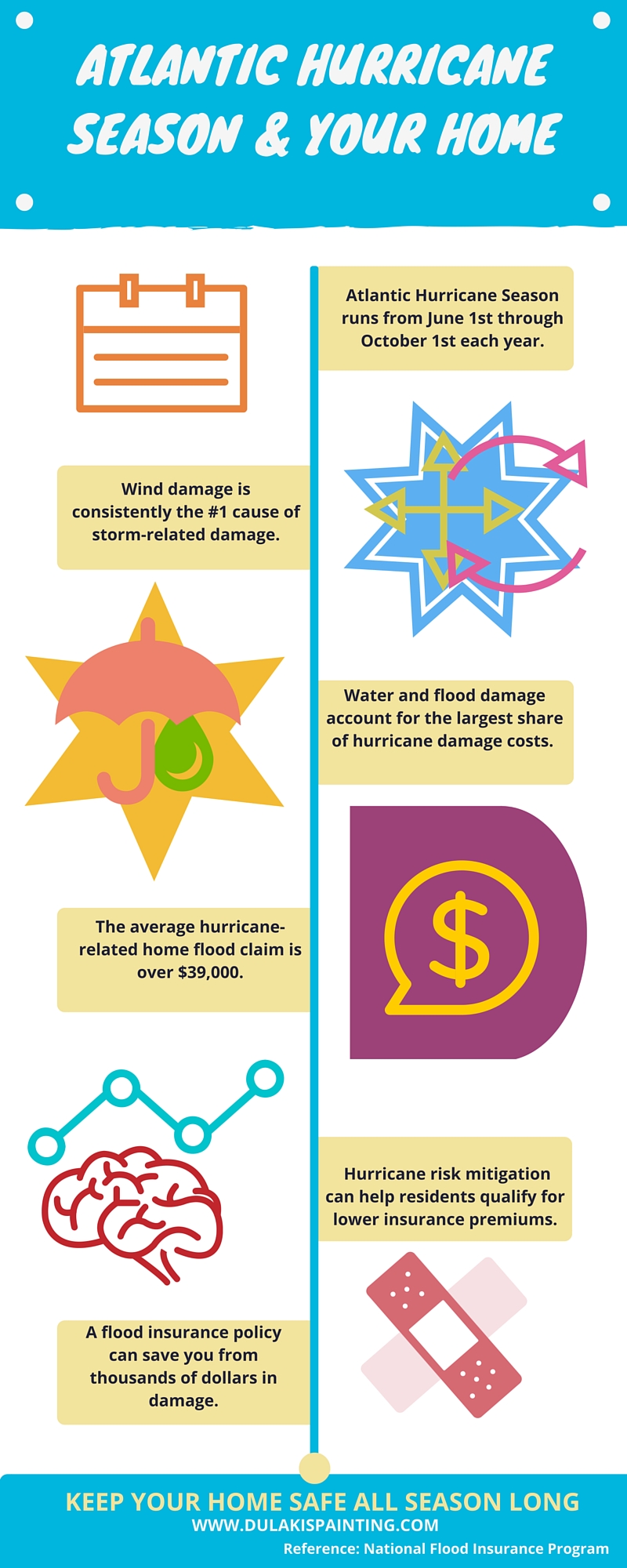Learn About The Methods Which Seasonal Factors Can Influence The Success Of Industrial Outside Painting And Figure Out The Very Best Times To Achieve Lasting Outcomes For Your Project
Learn About The Methods Which Seasonal Factors Can Influence The Success Of Industrial Outside Painting And Figure Out The Very Best Times To Achieve Lasting Outcomes For Your Project
Blog Article
Created By-Ford Skafte
When you're planning a commercial external painting project, seasonal aspects can make or break your results. You'll wish to consider just how temperature level and humidity impact paint application and drying out times. Picking the appropriate period can ensure your paint adheres effectively and lasts much longer. However which periods are really the most effective for this type of work? Let's check out the crucial elements that can affect your job's success.
The Impact of Temperature Level on Paint Application
When you're planning a business exterior painting project, the temperature can significantly impact just how well the paint adheres and dries out.
Ideally, you intend to paint when temperature levels range between 50 ° F and 85 ° F. If it's too chilly, the paint may not treat appropriately, leading to issues like peeling off or splitting.
On ceiling painter twin cities , if it's also warm, the paint can dry as well rapidly, protecting against appropriate adhesion and causing an unequal surface.
You should also think about the time of day; early morning or late afternoon uses cooler temperature levels, which can be much more positive.
Always examine the producer's suggestions for the details paint you're utilizing, as they frequently give assistance on the optimal temperature level array for optimal results.
Moisture and Its Impact on Drying Times
Temperature isn't the only environmental element that affects your commercial outside painting job; moisture plays a considerable duty as well. High humidity degrees can decrease drying out times drastically, affecting the general quality of your paint job.
When the air is filled with dampness, the paint takes longer to treat, which can result in issues like poor bond and a higher risk of mold development. If you're painting on a particularly humid day, be planned for extensive wait times in between coats.
It's crucial to keep track of neighborhood climate condition and plan as necessary. Preferably, aim for moisture levels in between 40% and 70% for ideal drying.
Keeping these consider mind ensures your task remains on track and delivers a lasting surface.
Best Seasons for Commercial Exterior Painting Projects
What's the most effective time of year for your commercial external paint projects?
Springtime and early autumn are generally your best options. Throughout these seasons, temperatures are light, and humidity degrees are commonly lower, producing optimal conditions for paint application and drying.
Avoid summer season's intense heat, which can cause paint to completely dry also promptly, leading to poor attachment and finish. Similarly, https://interiorpaintersnearme42096.ambien-blog.com/40905605/just-how-to-prepare-your-home-for-professional-house-painters can prevent correct drying and treating, taking the chance of the long life of your paint job.
Aim for days with temperatures in between 50 ° F and 85 ° F for optimal outcomes. Keep in mind to examine the neighborhood weather forecast for rainfall, as damp conditions can destroy your project.
Planning around these aspects guarantees your painting task runs smoothly and lasts longer.
Final thought
Finally, planning your commercial outside paint projects around seasonal considerations can make a substantial difference in the result. By organizing work during the suitable temperature levels and humidity levels, you'll ensure better bond and drying times. Bear in mind to watch on neighborhood weather report and pick the correct time of year-- spring and very early loss are your best bets. Taking these actions will assist you achieve a durable and expert finish that lasts.
